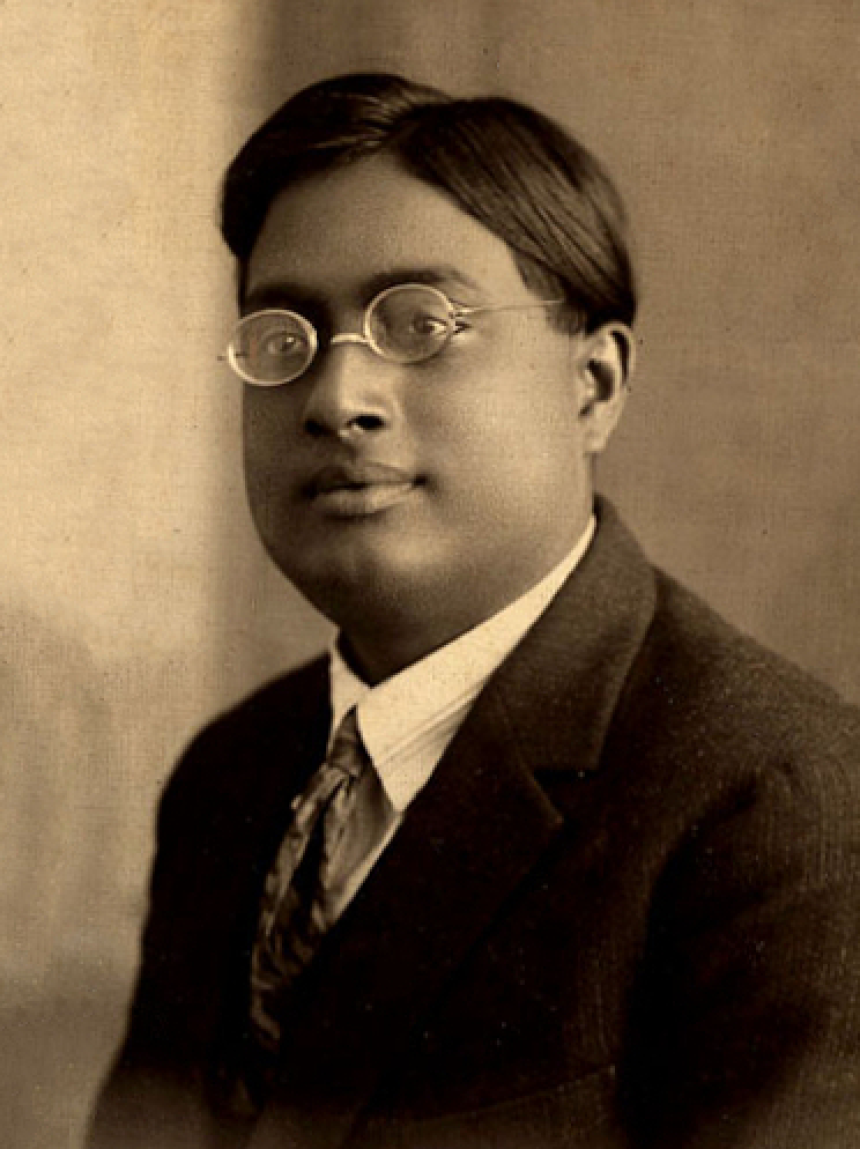
Satyendra Nath Bose
Satyendra Nath Bose: The Unsung Hero of Quantum Physics
Satyendra Nath Bose: The Unsung Hero of Quantum PhysicsIntroductionSatyendra Nath Bose was an Indian physicist who made significant contributions to the field of quantum mechanics. Born on January 1, 1894, in Calcutta, Bose's groundbreaking work paved the way for our understanding of how particles behave at the atomic and subatomic levels. Despite being relatively unknown to the general public, his collaboration with Albert Einstein led to the development of the Bose-Einstein statistics and the discovery of a new particle called the "Boson." In this blog, we will delve into the life and achievements of Satyendra Nath Bose, highlighting his profound impact on the world of science.
The Early Years and EducationBose grew up in a middle-class family with a passion for learning. He excelled in mathematics and was admitted to the prestigious Presidency College in Calcutta. Under the guidance of eminent professors, Bose developed a keen interest in physics and continued his studies at the University of Calcutta. It was during this time that he began exploring the theories of quantum mechanics, which would later become the cornerstone of his scientific career.
The Bose-Einstein StatisticsIn 1924, Satyendra Nath Bose sent a groundbreaking research paper to Albert Einstein, who recognized its importance and helped get it published. The paper laid the foundation for a new type of statistics that described the behavior of particles with integer spin, now known as "bosons." These particles could occupy the same quantum state simultaneously, leading to phenomena such as superconductivity and superfluidity. Bose's work revolutionized our understanding of how particles interact and opened up new avenues of research in both theoretical and experimental physics.
The Discovery of the BosonWhile the Bose-Einstein statistics were met with initial skepticism, they were eventually validated by experiments. In 2012, the discovery of the Higgs boson at the Large Hadron Collider (LHC) confirmed the existence of particles that obey Bose-Einstein statistics. This monumental discovery earned François Englert and Peter Higgs the Nobel Prize in Physics in 2013, reaffirming Bose's contributions to the field.
Legacy and RecognitionSatyendra Nath Bose's contributions to physics continue to influence scientific research to this day. His pioneering work has paved the way for advancements in various fields, including condensed matter physics, quantum optics, and particle physics. Despite his significant contributions, Bose never received a Nobel Prize. However, he was deeply respected by his peers and was awarded numerous honors and accolades throughout his career. Today, the Bose-Einstein condensate, a state of matter predicted by Bose and Einstein, is named in honor of his groundbreaking research.
ConclusionSatyendra Nath Bose was a brilliant physicist who played a crucial role in shaping our understanding of quantum mechanics. His collaboration with Albert Einstein led to the development of the Bose-Einstein statistics and the discovery of bosons, which paved the way for numerous scientific breakthroughs. Although his name may not be as widely recognized as other scientific giants, Bose's contributions have left an indelible mark on the field of physics.
FAQs1. Did Satyendra Nath Bose win a Nobel Prize?No, Bose never received a Nobel Prize, despite his significant contributions to physics. However, he was highly respected by his peers and received numerous honors and accolades throughout his career.
2. What is the Bose-Einstein condensate?The Bose-Einstein condensate is a unique state of matter predicted by Satyendra Nath Bose and Albert Einstein. It occurs when a group of bosons, such as atoms, are cooled to extremely low temperatures, causing them to occupy the same quantum state.
3. How did Bose's work impact modern physics?Bose's work laid the foundation for the understanding of particle behavior at the atomic and subatomic levels. His discoveries have had a profound impact on various fields of physics, including condensed matter physics, quantum optics, and particle physics.
4. What is the significance of the Higgs boson discovery?The discovery of the Higgs boson confirmed the existence of particles that obey Bose-Einstein statistics. It validated Satyendra Nath Bose's theories and contributed to our understanding of the fundamental building blocks of the universe.
5. How can students get inspired by Satyendra Nath Bose?Students can get inspired by Satyendra Nath Bose's relentless pursuit of knowledge and passion for physics. His journey from a young boy with a thirst for learning to a renowned physicist serves as a reminder of the power of curiosity and dedication.





